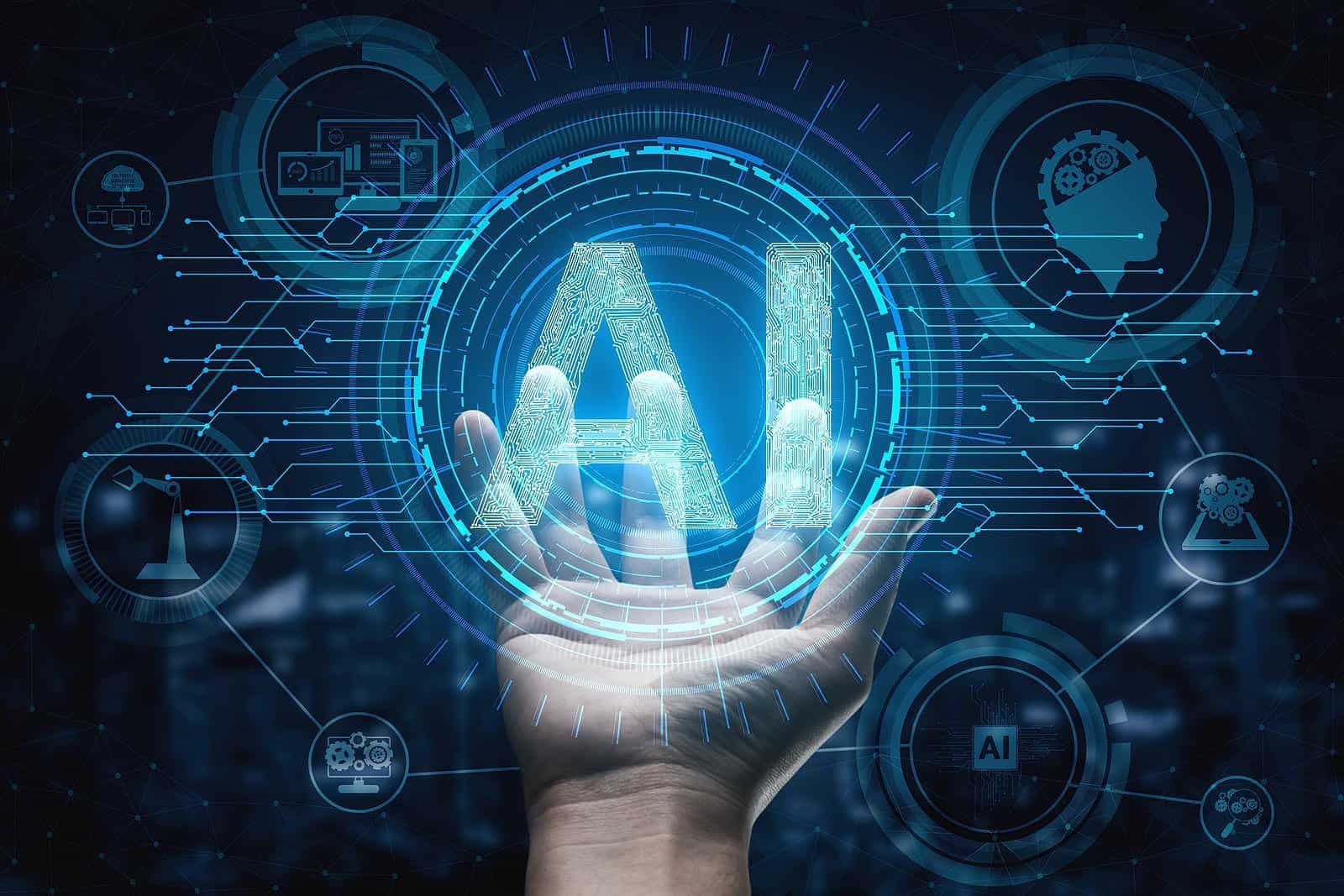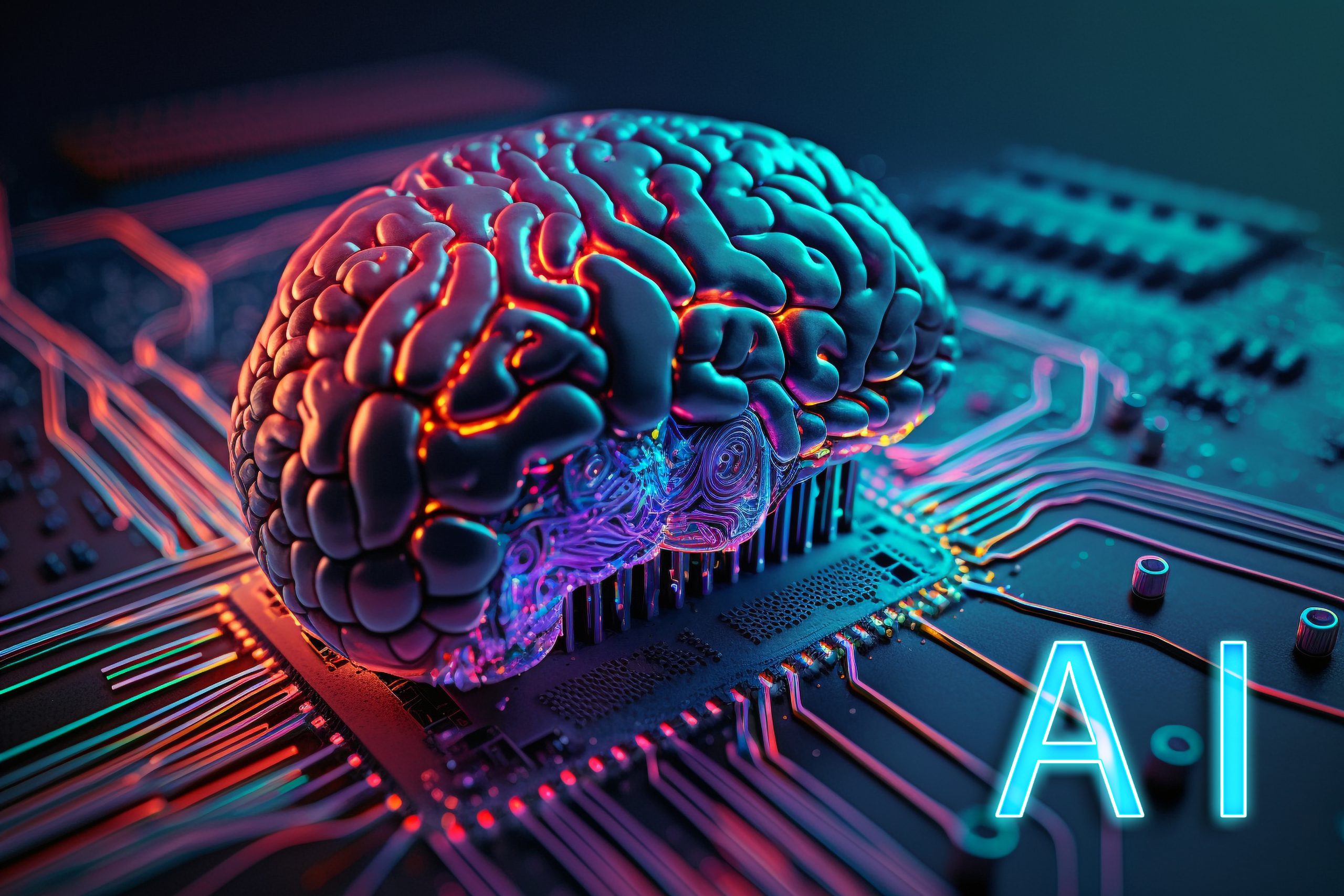
Laugh Track 2.0: Exploring the Rise of AI Humor Playgrounds
Introduction
Humor, long considered a uniquely human trait, is now increasingly within the grasp of artificial intelligence. AI humor isn’t just about crafting simple jokes; it’s about understanding nuances, context, and human emotions. This has led to the emergence of AI humor playgrounds: online platforms and tools where users can experiment with AI’s comedic capabilities, generating jokes, puns, satirical content, and even personalized humor experiences. These playgrounds are revolutionizing the way we think about AI and comedy, pushing the boundaries of what’s possible and raising intriguing questions about creativity, authorship, and the very nature of humor itself.
The Evolution of AI Humor
Early attempts at AI humor were often clunky and predictable. Think of simple chatbots that could regurgitate canned jokes or algorithms that could generate nonsensical phrases. However, the rise of advanced machine learning, particularly deep learning and natural language processing (NLP), has dramatically changed the landscape.
- NLP and Language Models: Models like GPT-3, LaMDA, and others have been trained on massive datasets of text and code, including vast amounts of comedic material. This allows them to understand the structure of jokes, identify comedic patterns, and even generate original content that mimics human humor.
- Contextual Understanding: Modern AI can analyze context, including user input, current events, and even social media trends, to tailor its humor to specific situations. This is crucial for delivering jokes that resonate with the audience and avoid being tone-deaf.
- Sentiment Analysis: AI can gauge the emotional tone of text and speech, allowing it to adjust its humor accordingly. For example, it can identify when a user is feeling down and offer a lighthearted joke to lift their spirits.
Key Features of AI Humor Playgrounds
AI humor playgrounds are designed to be user-friendly and accessible, even for those without extensive technical expertise. Here are some common features:
- Joke Generators: These are the most basic tools, allowing users to input keywords or topics and receive a stream of AI-generated jokes. The quality can vary, but the best generators are capable of producing surprisingly clever and original material.
- Pun Machines: Puns are a beloved form of humor, and AI is increasingly adept at creating them. Pun machines allow users to input a word or phrase and receive a list of puns based on it.
- Satire Creators: Satire is a more sophisticated form of humor that requires a deep understanding of social and political issues. AI-powered satire creators can analyze news articles or social media posts and generate satirical commentary.
- Personalized Humor: Some platforms allow users to train AI models on their own personal preferences, creating a humor profile that can be used to generate jokes and other content tailored to their individual tastes.
- Interactive Comedy: AI can be used to create interactive comedy experiences, such as choose-your-own-adventure stories with humorous outcomes or AI-powered stand-up routines that respond to audience reactions.
- Visual Humor Generation: Integrating image generation AIs (like DALL-E 2, Midjourney, or Stable Diffusion) allows for the creation of humorous images and memes based on textual prompts. This opens up entirely new avenues for visual comedy.
Examples of AI Humor Playgrounds
- Talk to Transformer: While not strictly a humor playground, Talk to Transformer allows users to interact with a powerful language model and generate humorous text by providing a prompt and letting the AI continue the story or conversation.
- InferKit: Similar to Talk to Transformer, InferKit allows users to experiment with AI text generation and create humorous stories, jokes, and other content.
- ShortlyAI: A writing assistant tool that can be used to generate humorous content. Users can input a few sentences or a basic plot and ask the AI to write a funny scene or story.
- Numerous meme generators: Many online meme generators use AI to suggest captions and images based on current trends and user input, assisting in the creation of timely and relevant memes.
- Custom AI-Powered Chatbots: Platforms like Dialogflow and Rasa allow users to build their own AI chatbots, which can be programmed to deliver jokes, puns, and other humorous content.
The Creative Process: Collaboration Between Humans and AI
AI humor playgrounds are not intended to replace human comedians; rather, they are tools that can augment human creativity. The most successful uses of AI humor involve a collaborative process:
- Human Input: Humans provide the initial ideas, context, and parameters for the AI. They guide the AI in the right direction and ensure that the generated content aligns with their vision.
- AI Generation: The AI generates a range of humorous options, from jokes and puns to satirical commentary and visual gags.
- Human Curation: Humans review the AI-generated content, selecting the best pieces and refining them to achieve the desired effect. They may also combine different AI-generated elements to create something entirely new.
Ethical Considerations and Challenges
The rise of AI humor raises several ethical considerations and challenges:
- Bias and Stereotypes: AI models are trained on data that may contain biases and stereotypes. This can lead to the generation of humor that is offensive or discriminatory. Developers must be vigilant in mitigating these biases.
- Authorship and Copyright: Who owns the copyright to a joke or a piece of satirical content generated by AI? This is a complex legal question that has yet to be fully resolved.
- Misinformation and Manipulation: AI can be used to generate fake news and propaganda disguised as humor. This can be used to manipulate public opinion or spread misinformation.
- Dehumanization of Humor: Some worry that the use of AI in humor will lead to a decline in the quality of comedy and a loss of the human connection that makes humor so powerful.
- The "Uncanny Valley" of Humor: AI-generated humor can sometimes fall into the "uncanny valley," where it is almost human-like but still feels slightly off or unsettling.
The Future of AI Humor
The future of AI humor is bright, with numerous possibilities on the horizon:
- More Sophisticated AI Models: As AI models continue to improve, they will become even better at understanding and generating humor. They will be able to create more nuanced, original, and contextually relevant content.
- Personalized Humor Experiences: AI will be used to create highly personalized humor experiences tailored to individual preferences. This could include AI-powered stand-up routines that respond to audience reactions in real-time or personalized joke feeds that deliver content that is guaranteed to make you laugh.
- AI as a Comedy Partner: AI will become a valuable tool for comedians, helping them to brainstorm ideas, generate jokes, and refine their material.
- Humor Therapy: AI-powered humor could be used as a form of therapy to help people cope with stress, anxiety, and depression.
- AI in Entertainment: AI-generated humor will be integrated into various forms of entertainment, including movies, TV shows, video games, and virtual reality experiences.
Conclusion
AI humor playgrounds are a fascinating and rapidly evolving field. They offer a glimpse into the future of AI and its potential to revolutionize the way we create, consume, and experience humor. While ethical considerations and challenges remain, the potential benefits of AI humor are immense. As AI models continue to improve and as humans and AI learn to collaborate more effectively, we can expect to see even more innovative and hilarious applications of AI humor in the years to come. Get ready for the age of the AI comedian – it’s going to be a funny ride.
